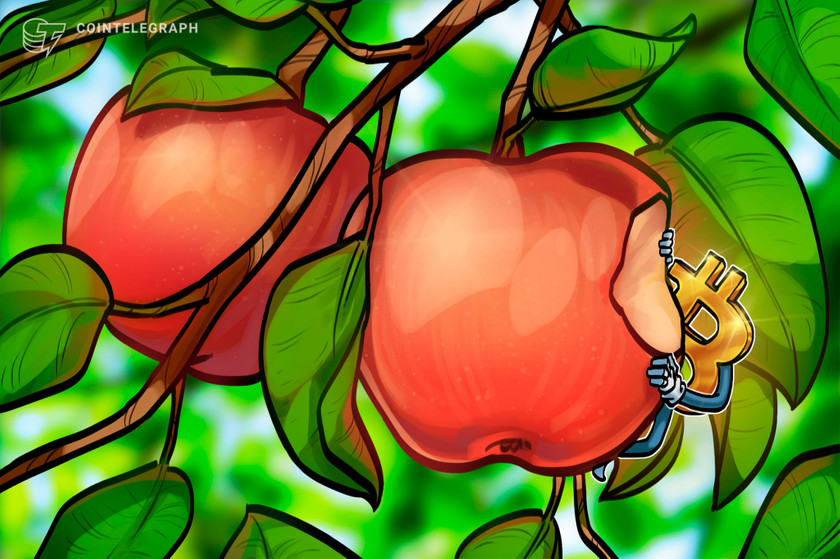Uniswap launches iOS mobile wallet in select countries


The decentralized exchange had previously stated that Apple was not allowing the app to be listed on the App Store.
Decentralized exchange Uniswap has launched a mobile wallet that features built-in support for the exchange, according to an April 13 announcement from the company. The app is available for iOS devices in select countries and can be found in Apple’s App Store.
1/ THIS IS NOT A DRILL
The Uniswap mobile wallet is out of Apple jail and now live in most countries ✨
Download our self-custody, open-sourced app today! https://t.co/yWxuw79xTY pic.twitter.com/QhK06icKBL
— Uniswap Labs (@Uniswap) April 13, 2023
The Uniswap team complained on March 3 that Apple was blocking the app from its stores. But in this new announcement, the team said that its wallet is “out of Apple jail and now live in most countries.”
Uniswap said the new wallet allows users to swap tokens on the Ethereum, Polygon, Arbitrum and Optimism networks. It can also be connected to any Ethereum app through WalletConnect. Users can back up their accounts by either writing down their seed phrase or encrypting their key vaults with a password and storing them in iCloud.
The Uniswap app also allows users to see detailed information about nonfungible tokens (NFTs) stored within it, including their floor prices and collections.
Related: Uniswap funds DAO incentive improvement project
To make Web3 onboarding easier, several wallet developers have offered mobile apps with built-in decentralized finance (DeFi) functions over the past few years. In 2020, Argent integrated MakerDAO and other DeFi protocols with its wallet app, and 1inch provided similar integrations in 2021.
Uniswap is Ethereum’s largest decentralized crypto exchange, with over $3.4 billion of total value locked inside of its smart contracts, according to its own analytics page.
Cointelegraph reached out to the Uniswap team for a list of countries where the app is available but was unable to get a response by the time of publication.





























